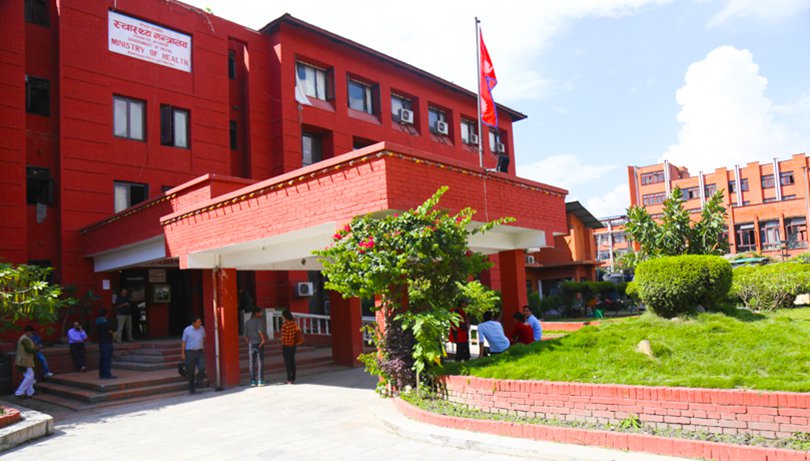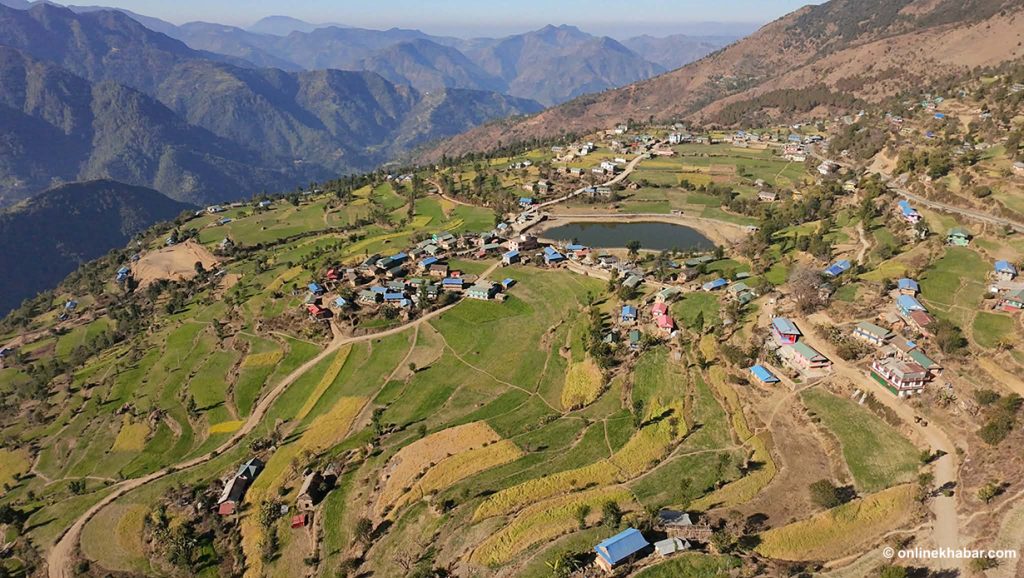
Liver illness caused by the hepatitis virus is a serious public health issue that affects millions of individuals throughout the world. Hepatitis A (HAV), hepatitis B (HBV), hepatitis C (HCV), and hepatitis E (HEV) are all viruses that cause liver illnesses. All of these viruses cause considerable illnesses and deaths in both poor and industrialised countries. Hence, hepatitis in Nepal also is a significant problem.
In 2015, the WHO estimated 1.34 million deaths from viral hepatitis, with HBV and HCV being the leading causes. The clinical manifestations of viral hepatitis can range from asymptomatic to life-threatening. HAV and HEV are spread by the consumption of food or water contaminated with faecal debris. HBV and HCV, on the other hand, are predominantly transmitted by the perinatal pathway, which involves salivary interchange, sexual contact, vertical transmission from mother to offspring, and exposure to contaminated blood products.
On the occasion of World Hepatitis Day, we are discussing basic things to know about hepatitis in Nepal. Before that, let’s get introduced to the five types of hepatitis.
Types of hepatitis

There are primarily five types of hepatitis. All of the variations of hepatitis in Nepal have been reported or diagnosed.
1. Hepatitis A virus (HAV)
It is detected in infected people’s faeces and is most commonly transferred by contaminated water or food ingestion. HAV may also be transferred through sexual behaviours.
Infections are often minor, with most people recovering completely and being resistant to future HAV infections. HAV infections, on the other hand, can be severe and even fatal. This virus has infected the majority of individuals in places of the world with poor sanitation.
To prevent HAV, vaccinations that are both safe and effective are available.
2. Hepatitis B virus (HBV)
It is spread by contact with infected blood, sperm, and other bodily fluids. HBV can be passed from infected moms to infants at birth or from a family member to a newborn in infancy. Transfusions of HBV-infected blood and blood products, contaminated injections during medical operations, and injectable medication usage can all lead to transmission.
HBV also poses a danger to healthcare personnel who suffer unintentional needle injuries while caring for patients infected with HBV. To prevent HBV, vaccinations that are both safe and effective are available.
3. Hepatitis C virus (HCV)
It is mostly spread by contact with infected blood. This can happen through HCV-infected blood and blood product transfusions, contaminated injections during medical operations, and injectable medication usage. Sexual transmission is another option, but it is considerably less prevalent. There is no HCV vaccination.
4. Hepatitis D virus (HDV)
Infections only occur in people who are infected with HBV. Dual infection with HDV and HBV can lead to more severe illnesses and worse results. Hepatitis B immunisations protect against HDV infection.
5. Hepatitis E virus (HEV)
It is primarily spread by contaminated water or food intake. HEV is a significant source of hepatitis outbreaks in impoverished nations and is becoming more recognised as a major cause of illness in industrialised countries. Although vaccinations to prevent HEV infection have been developed, they are not generally available.
Common types of hepatitis in Nepal

Until recently, hepatitis A virus infection was more frequent in children in Nepal, but it is now emerging as a major cause of acute hepatitis in young adults. The general prevalence of HBV is 1.1 per cent. However, several ethnic groups in the Himalayan area have high incidence rates.
Although the incidence of HBV in the general population is low, hepatitis in Nepal is one of the leading causal agents of liver cirrhosis and hepatocellular carcinoma. Similarly, the overall prevalence of HCV in the country is just 0.4 per cent of the general population. But, it has been discovered to be as high as 19 per cent in HIV-infected persons.
Talking more about hepatitis in Nepal, there have been a number of hospital-based reports, sporadic cases, and outbreaks caused by HAV and HEV.
Causes of hepatitis in Nepal
Excessive alcohol intake can harm the liver and induce inflammation. This is also known as alcoholic hepatitis. The alcohol directly damages the liver cells. It can cause lasting damage and lead to liver tissue thickening or scarring (cirrhosis) and liver failure over time.
Misuse of drugs and exposure to chemicals are two more hazardous causes, it is true for cases of hepatitis in Nepal as well. In rare situations, the immune system can misidentify the liver and assault it. In this situation, one can experience persistent inflammation, which can range from moderate to severe, whereas it can very likely impair liver function. It affects women three times more than men.
The following can also be major causes of hepatitis in Nepal:
- Experiment with unprotected oral and/or anal intercourse
- Having a lot of sex partners
- Drinking excessive amounts of booze
- Having a poor diet
- Working in a hospital or nursing home
- Receive long-term kidney dialysis
- Visiting places with inadequate sanitation
Prevention

If you engage in dangerous behaviours, it is critical that you take certain precautions. It is true for all cases of hepatitis in Nepal, just as in the world. Take precautions as well if you work in areas such as nursing homes, dorms, childcare centres, or restaurants where you have prolonged contact with other people and a chance of contracting the disease. There are several strategies to lower your risk of contracting hepatitis:
- Take the hepatitis A and hepatitis B vaccinations.
- Use a condom when having sex.
- Do not share needles when doing narcotics.
- Maintain proper personal hygiene by thoroughly washing your hands with soap and water.
- Do not use an infected person’s personal stuff at your own risk.
- When obtaining tattoos or body piercings, use care.
- When visiting places of the globe with low sanitation, use caution. (Do not forget to obtain your vaccinations.)
- When travelling, drink bottled water.
- Take your vaccinations on time as needed.


















